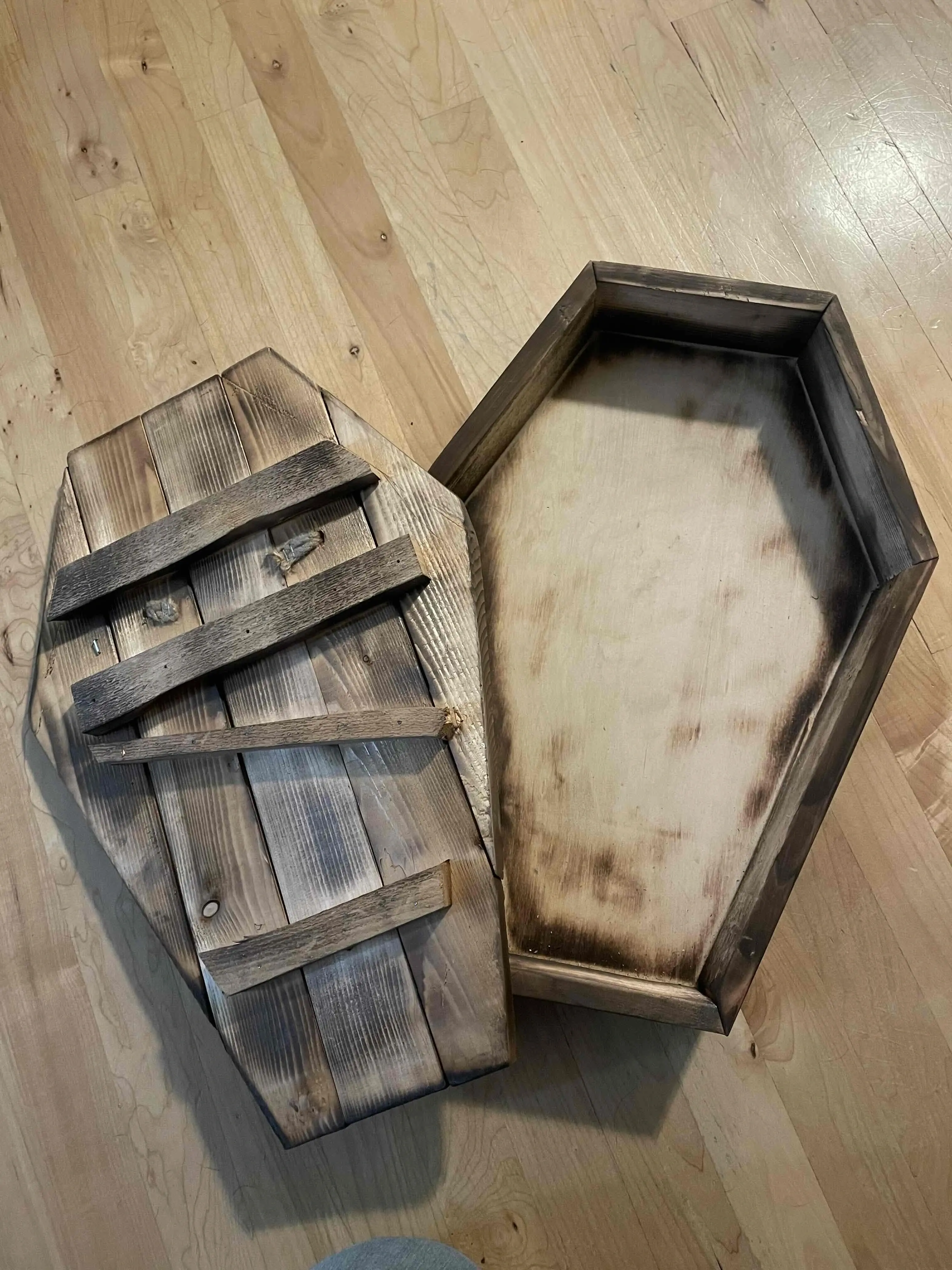

I run a development department, and nobody who reports to me comes to the office. We have been 100% remote since 2020… much to the chagrin of HR. Others in IT come in, but no developers. I see no reason to change it either. I question why I even come in most days.
Without looking it up, I don’t know how many people I’ve interviewed over the last 4 years, but there’s been a few. I’ve only had one person who indicated he wanted to be in an office. Every other person wants fully remote. The most common comment I’ve heard from people is saying they will settle for hybrid if full-remote isn’t available.
There’s some value to having people work together in-person, but I’d rather give my teams the flexibility to choose for themselves rather than force it.








Carl and Donut?